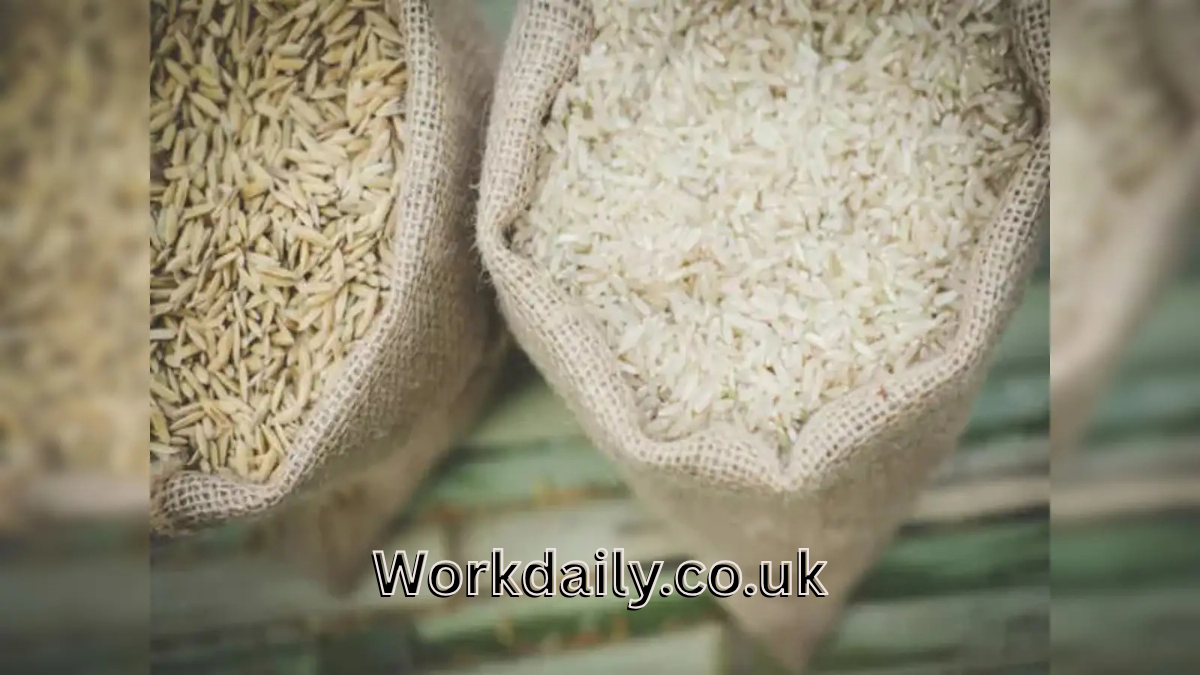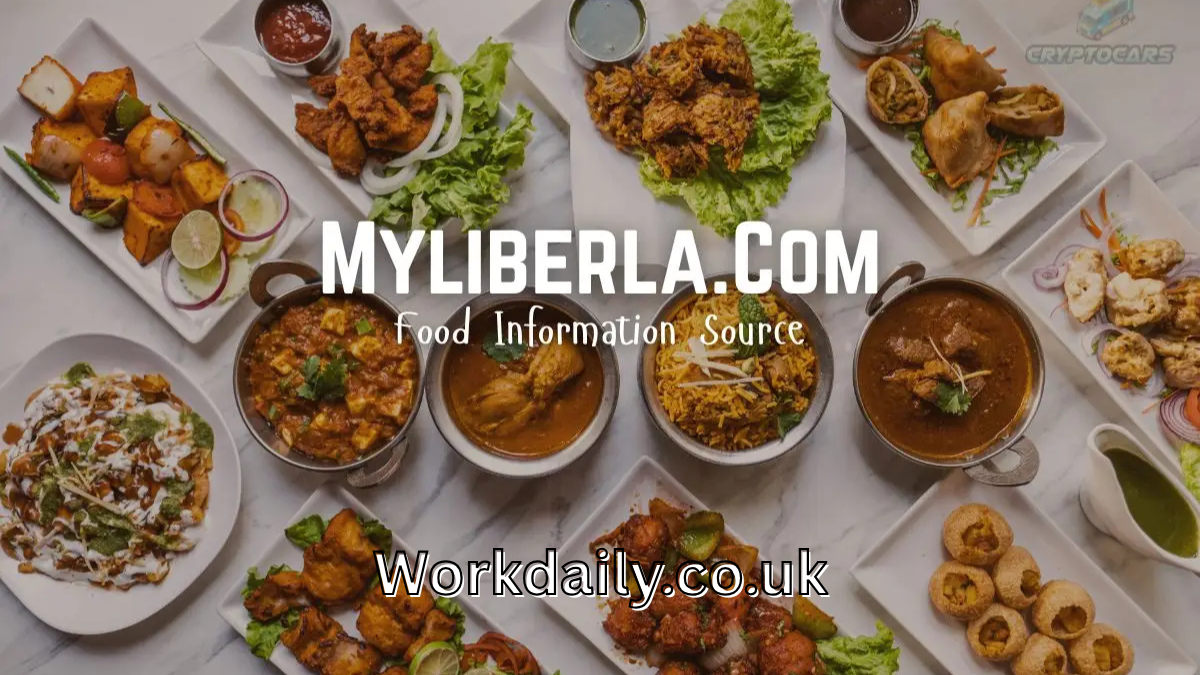Brace rice has slowly been making its way into the spotlight as more people search for healthier, nutrient-rich alternatives to traditional white rice. Known for its unique texture, earthy taste, and wholesome nutritional profile, brace rice isn’t just another trendy superfood. It has a cultural history, significant health benefits, and a growing presence in both traditional kitchens and modern restaurants.
This guide explores everything you need to know about brace rice. From its origin and nutrition to its culinary uses and role in fitness diets, you’ll discover why this grain deserves a place on your plate. Whether you’re a health-conscious eater, a home cook experimenting with new recipes, or someone curious about food sustainability has something to offer.
What is Brace Rice?
Brace rice is a variety of rice that retains much of its bran layer, giving it a slightly nutty flavor and chewy texture. Unlike polished white rice, which is stripped of many nutrients during processing, maintains more of its natural goodness. This makes it a better choice for people who want both taste and nutrition in their meals.
Historically, brace rice has been consumed in regions where rice is a staple, particularly in Asia. It was once considered less desirable compared to refined rice, but over time, health awareness has changed this perception. Today, is celebrated for its richness in fiber, minerals, and vitamins.
Nutritional Profile of Brace Rice
One of the strongest reasons to include brace rice in your diet is its outstanding nutritional composition. A single serving is packed with complex carbohydrates that provide steady energy throughout the day, making it an excellent choice for athletes, busy professionals, and families alike.
In addition to carbohydrates, contains plant-based protein, which is essential for muscle repair and overall growth. Its fiber content supports healthy digestion and helps prevent common issues like bloating and constipation. Minerals such as magnesium, phosphorus, and potassium make it especially beneficial for maintaining strong bones and a healthy heart. Compared to white rice, brace rice offers higher levels of vitamin B, antioxidants, and other micronutrients that are often lost during processing.
Health Benefits of Brace Rice
Brace rice isn’t just filling; it actively supports better health. Its high fiber content improves digestion and keeps you feeling full longer, which can help reduce overeating. This is one reason why many nutritionists recommend for people aiming to manage their weight.
Another key benefit is its impact on blood sugar. Unlike refined rice, has a lower glycemic index, meaning it doesn’t cause sudden spikes in blood glucose. This makes it a safer and healthier option for people with diabetes or those trying to prevent it. Studies also suggest that brace rice contributes to improved heart health by lowering cholesterol levels and providing antioxidants that reduce oxidative stress.
Brace Rice vs Other Types of Rice
When comparing brace rice to white rice, the differences are clear. White rice is softer and quicker to cook, but it lacks the nutrient density that provides. Brown rice shares similarities with, but often contains even more intact bran and nutrients, making it slightly more beneficial.
Wild rice, on the other hand, is technically a grass but is often grouped with rice varieties. While wild rice offers unique nutrients, brace rice tends to be more versatile in cooking and widely available. For gluten-sensitive individuals, is naturally gluten-free, making it a safe option without sacrificing taste or nutrition.
Culinary Uses of Brace Rice
Brace rice is not just healthy; it’s also delicious when cooked properly. Traditional dishes often highlight its nutty flavor, pairing it with vegetables, spices, or lean proteins. In some cultures, is used in soups, porridges, and even festive meals.
Modern kitchens have embraced in fusion recipes. You’ll find it in rice bowls, healthy salads, and even desserts where its chewy texture adds a satisfying bite. Cooking is simple but requires soaking and a slightly longer cooking time than white rice. Storing it properly in a cool, dry place ensures it maintains freshness for weeks or even months.
Global Popularity and Demand
Brace rice is gaining attention worldwide. In countries where rice has always been a staple, such as India, China, and Japan, it’s being promoted as a healthier alternative. Western countries, too, are seeing an increase in demand thanks to the growing health food movement.
Culturally, holds significance in many regions, often associated with traditional meals and rituals. Its growing demand in health-conscious communities is also pushing farmers and retailers to supply more of it, making it easier than ever to find on supermarket shelves.
Brace Rice in Weight Loss and Fitness Diets
For those focused on weight loss, is a game changer. Its high fiber content ensures satiety, meaning you eat less without feeling deprived. Fitness enthusiasts also appreciate its slow-releasing energy, which fuels workouts without causing energy crashes.
Brace rice fits well into vegetarian and vegan diets, providing essential nutrients that sometimes lack in plant-based meals. It can be paired with beans, lentils, or vegetables to make a balanced, protein-rich meal. For anyone following a clean eating plan, can replace less nutritious carbs with ease.
Buying and Storing Brace Rice
Choosing good-quality starts with checking the source. Organic options are often preferred because they’re free from pesticides and chemicals. When buying, look for clean, whole grains with minimal broken pieces.
Once purchased, should be stored in an airtight container in a cool, dry place. This prevents moisture from spoiling the grains and ensures longer shelf life. Compared to white rice, brace rice has slightly less shelf stability due to its bran content, but with proper care, it remains fresh for months.
Potential Side Effects and Considerations
Like any food, brace rice has considerations to keep in mind. While it’s generally safe for most people, excessive consumption may lead to digestive discomfort because of its high fiber content. Those with sensitive stomachs should introduce it gradually.
People with rice allergies, though rare, should avoid it. Pregnant women and children can safely consume, but it should be part of a balanced diet rather than the only source of grains. Moderation is key to enjoying its benefits without drawbacks.
Sustainability and Farming of Brace Rice
Brace rice farming often involves sustainable practices since the grain is less processed. Many farmers are turning to eco-friendly methods to cultivate it, reducing the environmental impact compared to industrial farming.
With increasing awareness of food sustainability, is expected to play a role in future farming strategies. Its cultivation encourages biodiversity and supports rural economies, making it a win-win for both farmers and consumers.
Economic Importance of Brace Rice
The growing popularity of brace rice has economic benefits as well. Farmers cultivating it often earn higher profits due to increasing global demand. Export markets are expanding, especially in countries where health food consumption is rising.
Price fluctuations do occur, but is generally considered worth the cost because of its superior nutrition. This economic shift encourages more farmers to adopt cultivation, further boosting supply and accessibility.
How to Incorporate Brace Rice in Daily Diet
Adding brace rice to your meals doesn’t have to be complicated. For breakfast, it can be cooked into porridge with fruits and nuts. At lunch, it makes a hearty base for salads or rice bowls topped with lean protein and vegetables.
Dinner options are endless pairs beautifully with curries, stir-fries, or grilled meats. Even desserts can feature in the form of puddings or sweet rice cakes. For picky eaters, mixing it with small amounts of white rice can be a gradual way to introduce the flavor.
Conclusion
Brace rice is more than just another grain on the shelf. With its impressive nutrition, wide range of culinary uses, and positive impact on health, it has earned its place as a valuable food choice. As awareness grows, will likely become even more common in homes and restaurants worldwide.
Choosing is not only good for personal health but also supports sustainable farming and global food security. Including it in your diet can help you embrace a more wholesome and balanced lifestyle.



